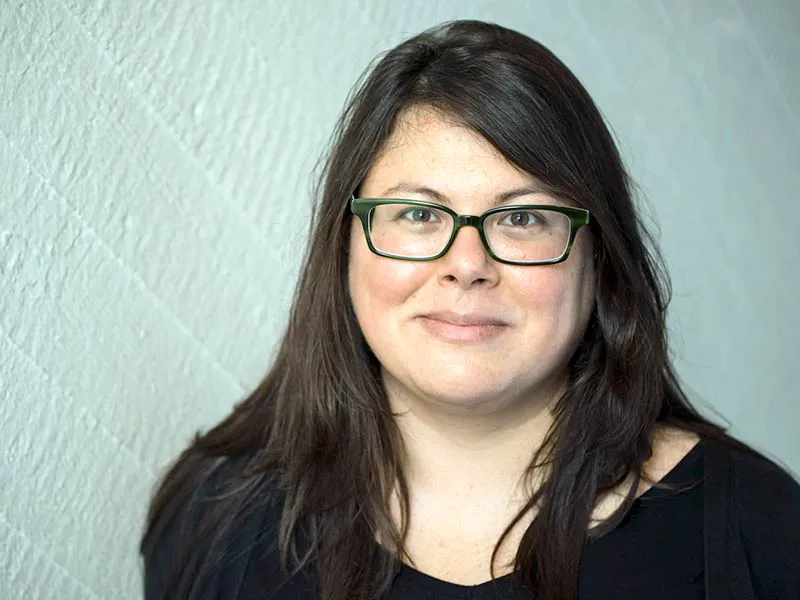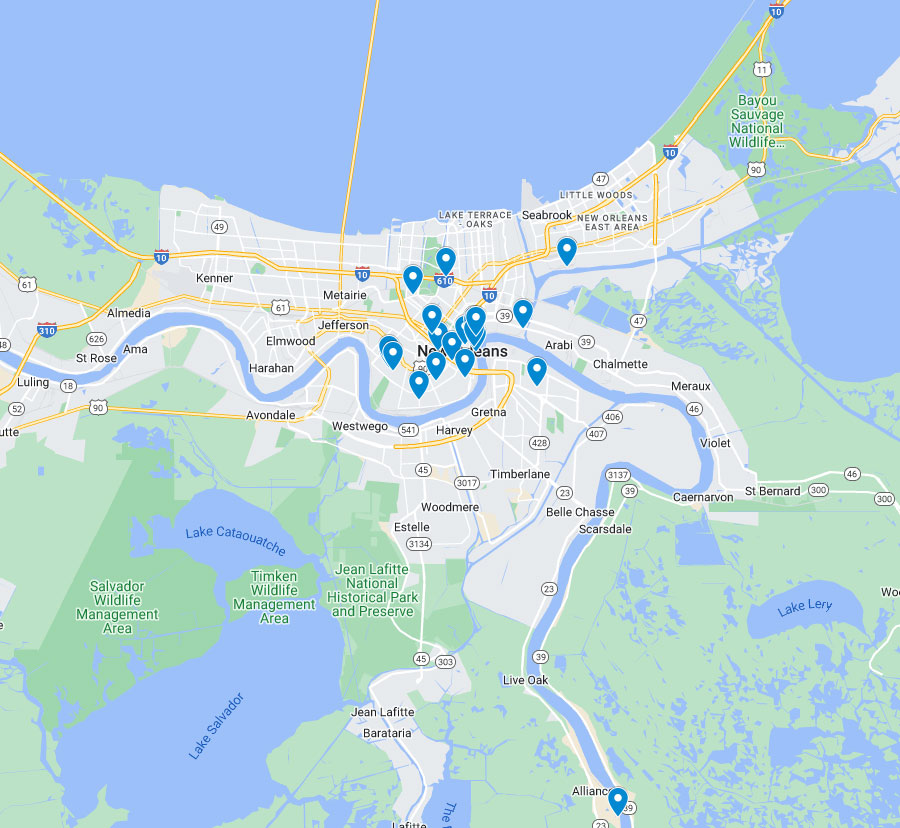
Biography
Ana María Gómez López is an interdisciplinary artist and researcher based in Amsterdam. Her work has been exhibited at the deCordova Sculpture Park and Museum and the American University Museum, as well as the Fonds d'art contemporain Genève, the Universiteitsmuseum Utrecht, and the Rijksmuseum Boerhaave, among other international institutions. Ana Maria’s teaching experience includes Bard College Berlin, Humboldt Universität zu Berlin, and the University of Pennsylvania. She was a resident artist at the Rijksakademie van Beeldende Kunsten (2017-2018), and has held research fellowships at the Netherlands Institute for Advanced Study in the Humanities and Social Science, the Osler Library for the History of Medicine, the Max Planck Institute for History of Science, and the Beinecke Rare Books and Manuscripts Library.
Research
My time as a 2020-2021 Monroe Fellowship at Tulane University’s New Orleans Center for the Gulf South will be dedicated to the creation of a feature-length film on taphonomy: the study of the decay, burial, and fossilization of biological organisms in the present and across geological time. Much of my research focuses on Johannes Weigelt (1890-1948), a German paleontologist who laid the groundwork for taphonomy as a discipline. In the mid-1920s, Weigelt photographed scores of dead cows, birds, fish, alligators, and amphibians while carrying out geological fieldwork across Texas and Louisiana. Many of these creatures died as a result of extreme storms, their remains marooned and weathering in coastal beaches, riverbanks, and mudflats. Weigelt spent a year photographing hundreds of these decomposing animals during his travels in the region, publishing them in his 1927 ground-breaking monograph Recent Vertebrate Carcasses and their Paleobiological Implications—a seminal text for taphonomy and a key resource not only for paleontology, but in archaeology, forensic science, and environmental studies. My Monroe Fellowship will allow for site visits to the areas in the U.S. Gulf Coast visited by Weigelt, as well as research in local archives and scientific collections that contextualize his development of taphonomy as a field.



